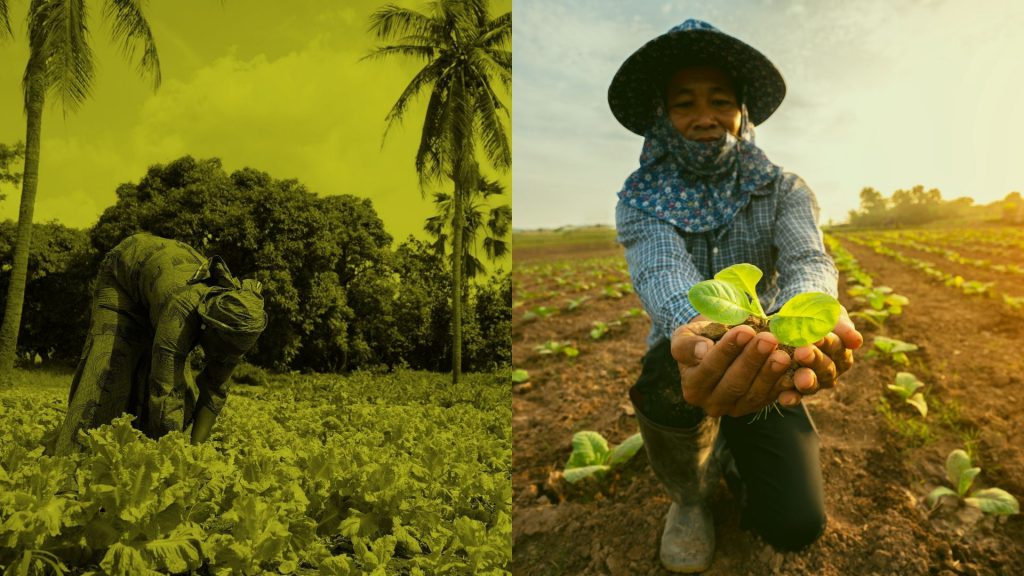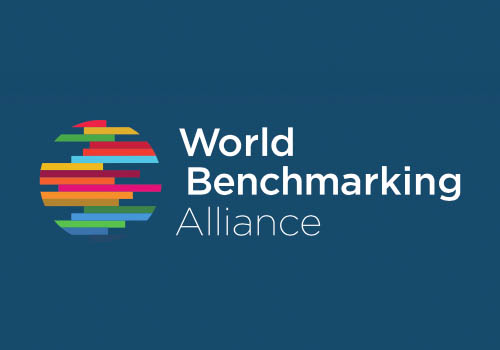Blog by Ido Verhagen for World Benchmarking Alliance:
When Chris Anderson introduced his groundbreaking Theory of the Long Tail in Wired Magazine back in 2004, he outlined how the economy was shifting focus away from a relatively small number of mainstream products at the head of the demand curve towards a huge number of niches in the tail. The structure of many industries can be described in the same manner: a curve with a small group of big global players at its head, followed by a long tail of smaller regional, national and niche players.
Talking about how industries can contribute to achieving the SDGs, it can be tempting to focus on this small group of industry leaders. For good reasons: through their dominant position and global reach they can shape markets and value chains across the globe. Still, the relevance of the companies in the long tail of an industry for achieving the SDGs should not be overlooked. To improve the productivity of smallholder farmers in Africa and Asia for example – key to achieving SDG 2: Zero Hunger – it is the smaller regional seed companies that are best positioned for bringing industry products to the farm gate.
This was demonstrated by the first Access to Seeds Index, published in February 2016, which included a Regional Access to Seeds Index for Eastern Africa. It highlighted the important role that regional seed companies play in increasing the access to quality seeds for smallholder farmers. Many outcompeted the global companies in this benchmark through leveraging their local presence. On several aspects such as reaching remote villages, breeding for local crops, collaborating with local farmer communities to inform their R&D decisions or capacity building activities, they take it a step further than their global peers. These findings have encouraged the Access to Seeds Index to also introduce Regional Indexes for Western and Central Africa and South and Southeast Asia in its 2019 edition. As a result, the number of seed companies evaluated by the Access to Seeds Index will more than double, from 25 to 60 seed companies in total.
Interestingly, when the UN High-Level Panel presented advice that resulted in the Sustainable Development Goals Agenda, it also described how the private sector could partner on this agenda to drive sustainable and inclusive growth. The interwoven nature of the seed industry, largely made up of collaborations and cross-licensing between global and regional players, provides a great example of this thinking. The Access to Seeds Index’ model of working with global and regional indexes to shine a light on SDG-contributions of companies in both an industry’s head and tail, can provide an inspiration for other industry benchmarks to be set up by the World Benchmarking Alliance.
But the Access to Seeds Index aims to be more than an inspiration for other industry benchmarks that will be created by the World Benchmarking Alliance. The alliance also provides opportunities for cooperation with benchmarks focusing on other nodes in the global food system. As such we can move beyond individual Indexes focusing on a single issue, towards a more integrated approach required for the transformation of the global food systems that provides nutritious food for all while remaining within the planetary boundaries.
Originally posted on WBA website




